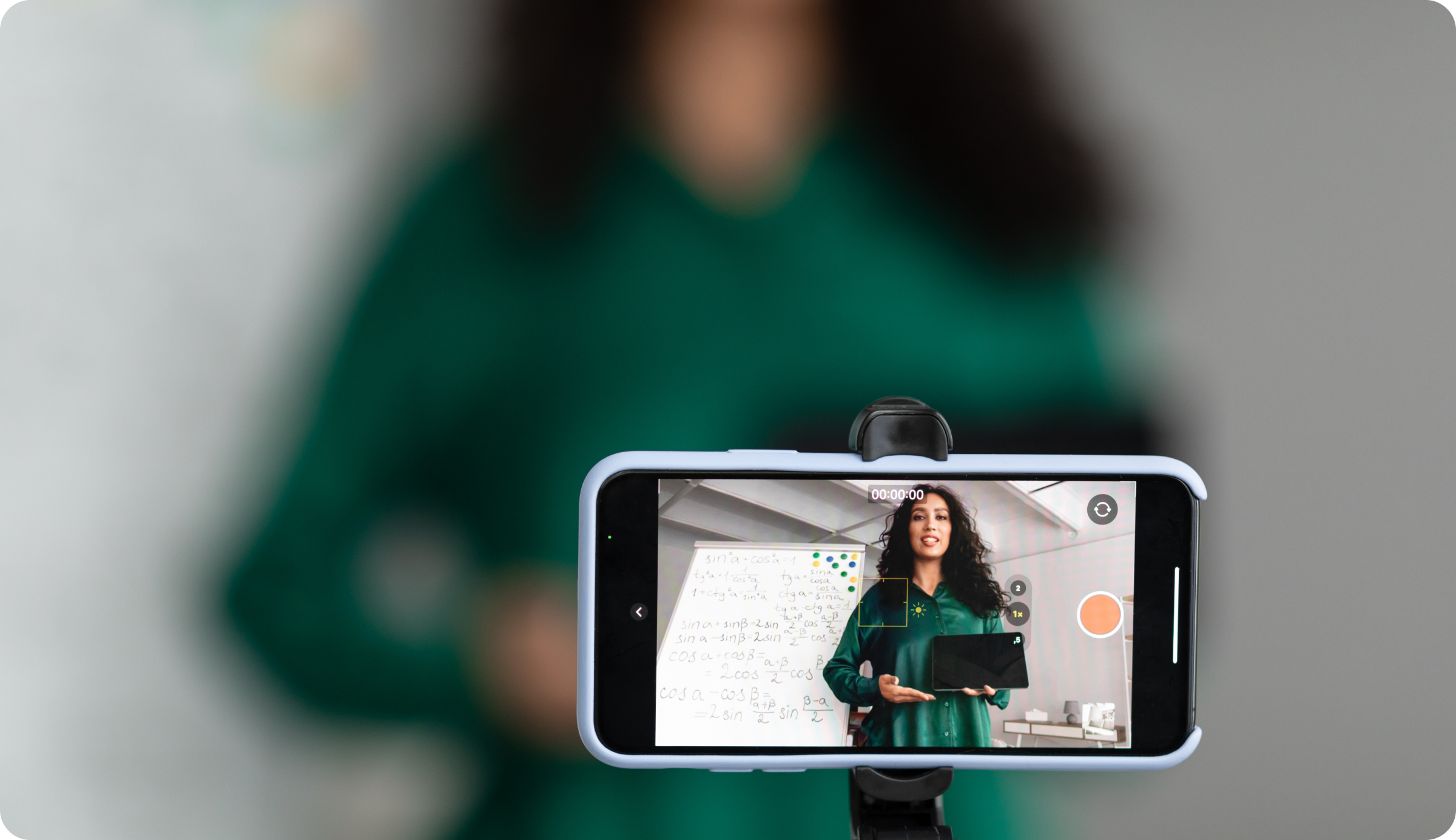“Is there something you wanted me to ask or to discuss?” I asked Dr. Loleta Sartin.
My recent Master Class with Bob Woodward inspired this last question. A big thanks to Bob Woodward, because her answer was the highlight of our interview.
“Another value of utilizing video observation,” said Dr. Loleta Sartin, “is teaching equity in the classroom.”
A New Use Case for Video Observation
As soon as Dr. Sartin shared this, I realized all the amazing possibilities. It seems like a straightforward idea, but as an employee at a video observation software company, I’ve heard a lot of the use cases for video observation. And after hearing all those use cases, I can tell you that using video observation for teaching equity in the classroom is an exciting idea.
We’ve discussed equity in the classroom on The Teacher Education Podcast before, but never through the lens of video observation. Some of my favorite conversations on the podcast—Rodney Robinson and Dr. Paul Gorski—focused on equity. And each of these discussions highlighted just how much work needs to be done to address this structural issue.
Knowing the hill we climb, Dr. Sartin’s idea of using a concrete method like video observation sparks some hope to help improve equity in the classroom.
How Video Observation Can Help
How do teacher prep programs use video observation for teaching equity in the classroom? This was a tangent in a larger conversation for an Ed Prep Matter article, but Dr. Sartin and I discussed a few ideas.
Reflections
“Eesh. I look so mad when I’m talking!”
“Ugh, my reading voice is so monotone. No wonder the kids weren’t listening.”
These are the kinds of “aha” moments you hear from teacher candidates when they watch videos of themselves teaching. It’s precisely the reason why teacher prep programs all over the country use video observation to stir student reflections on topics like pedagogy, classroom management, and more.
So with the right framing, questions, and assignments, why can’t that reflection be focused on equity?
“Educators, and especially candidates, are not cognizant of the way they treat certain students. The way they react to certain students,” Dr. Sartin said. “We have preconceived notions about who should know the answer, and who has a voice in the classroom. So I think it helps students to kind of see firsthand how they have not created a level playing field for the students in their classroom.”
Off the cuff, Dr. Sartin began to ad-lib the types of questions that help teacher candidates discover their own biases:
- How did I react to Jane?
- Am I constantly calling on the little girls with the pretty bows in their hair?
- Am I constantly calling on the boys because they should know more about science and math?
These are just impromptu questions. Imagine how much more effective video observation can be as a tool when educators take time to carefully craft questions, rubrics, and assignments highlighting equity issues.
Unbiased Evidence
“I didn’t make a face when they gave that answer.”
“That’s not how I remember it.”
These are the knee-jerk reactions and human responses to criticism and feedback. You’ve heard these responses from your teacher candidates—and if we’re honest with ourselves—we’ve used these excuses a few times ourselves.
This is why video observation is so powerful. Video is unbiased. It is objective.
Dr. Sartin sees this in her own interactions with her student teachers: “I don’t care how often we would say, ‘You did this,’ I think human nature is ‘No, I didn’t. No, I did walk around, etc.’ But when student teachers can see it, it’s like light bulbs.”
Now let’s take this a step further. If you struggle to convince a teacher candidate how many times they said “um,” how hard will it be to convince them that they grimace when a specific student asks for help?
The best way to broach sensitive issues around equity is unbiased evidence. No one wants to admit or think they’re biased, and let’s be honest, educators struggle to find the right way to tell their candidates they’re exhibiting biases.
It’s best to just let them see it for themselves.
Not only is video observation unbiased, but it can give detailed evidence. That matters when it comes to issues of equity. Microaggressions are difficult to catch even for field supervisors in a large, busy classroom. So if a teacher prep program uses video observation software with excellent capture quality and multiple cameras, students can witness their microaggressions first-hand.
Share How You’re Teaching Equity in the Classroom
With the aid of video observation, Dr. Sartin believes student teachers can “ensure that they’re creating an inclusive environment where everyone has a voice, everyone feels valued. And it has helped people to just reflect overall, not only on their teaching practice but how they’ve created a community in their classroom.”
As I said previously, this was a tangent in my conversation with Dr. Sartin. I’m so glad the tangent happened, but we didn’t have the time to really explore this idea. That’s why I’d like for you to share your ideas and research.
If you’ve done research or focused on using video observation for teaching equity in the classroom, please email us at team@goreact.com.




